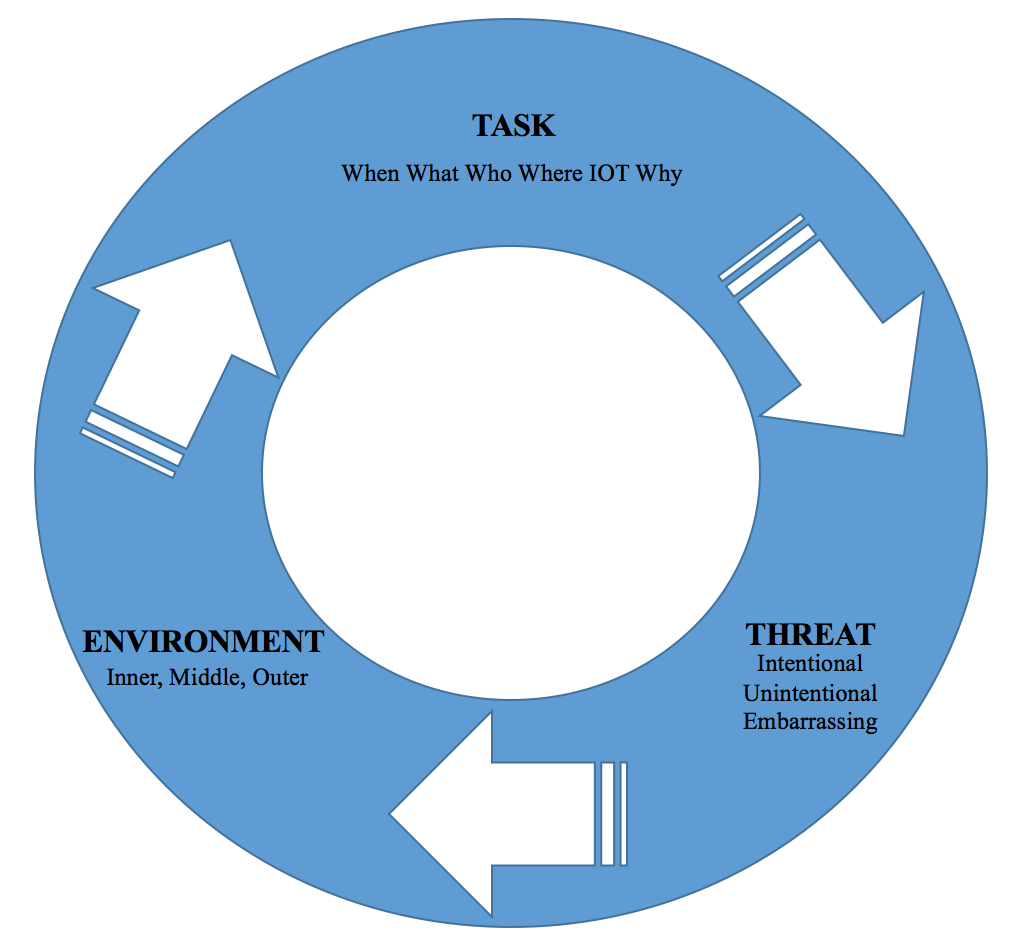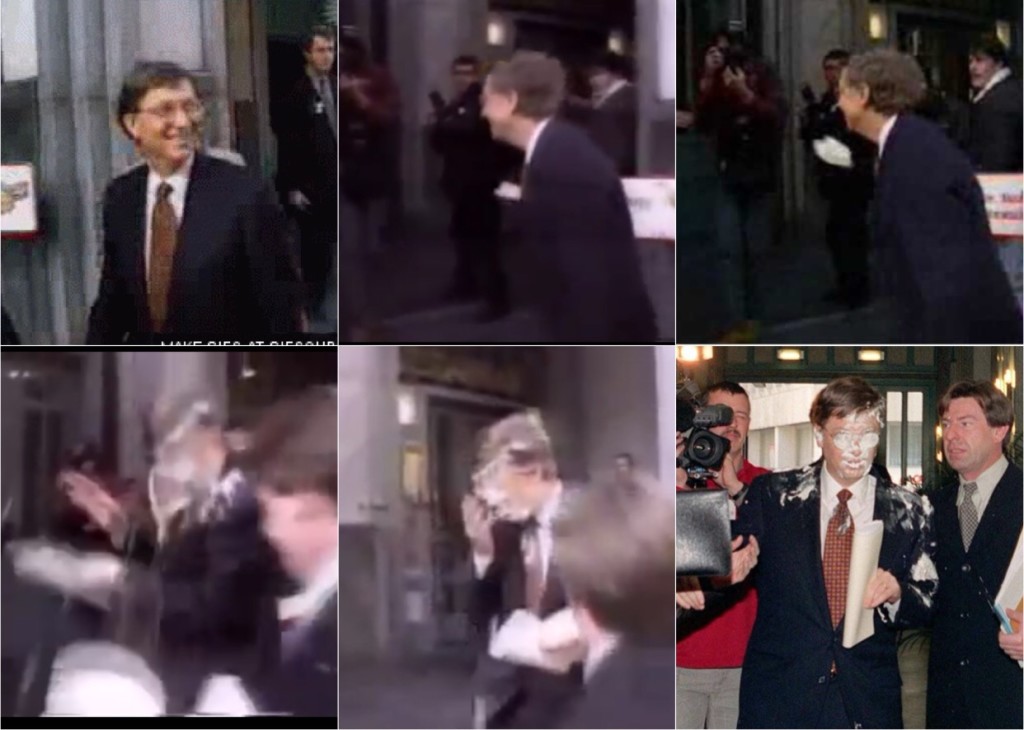Task, Threat, & Environment: The Mindset of a Protective Services Professional

For a number of reasons, the most difficult thing to instill in a student during training is the proper mindset. Every student has bias from his or her experiences and the appropriate mindset for any professional must be ingrained through operational experience, not simply embedded through osmosis from instruction alone. In this article I’ll explain the mindset that I have developed which is largely responsible for the effectiveness and success in the way I work a detail.
If you’ve been following my articles, posts, or been to a course with me you’ve undoubtedly heard me reference ‘adapt it to your task, threat and environment.’ This is a mindset that goes beyond situational awareness, knowledge, or even foresight but rather a collection of them all into a cycle which must be constantly in rotation. The items listed are the most paramount on the task list of a security professional engaged in protective services. Of course, this is not an exhaustive list and must constantly be added to or modified based on circumstance. However, I would offer the opinion that the framework presented in this cycle will be the most effective given the core objectives of a security professional.

Similar to an OODA loop (Observe, Orient, Decide, Act) this cycle must be an ongoing mental process and is designed to keep your mind sharp with your head on a swivel, able to proactively decipher your task, threat and environment.
Task
The questions that must be answered here are rather simple, but the resultant decisions and activities derived from it are anything but easy. Here you must develop a mission statement for your assignment. The method I use is to create a modular mission statement by filling in the W’s:
‘when’ ‘what’ ‘who’ ‘where’ in order to ‘why’
For example: ‘From 1600-TBD transit Mr. Smith and entourage from LAX to HQ in order to provide secure transportation and close personal protection.‘ This is an crucial step as it defines your purpose and provides the base for all of your follow on decisions. *The order of first 4 W’s is not important and add details as required, such as # of people, vehicles, etc.

Threat
This part of the cycle has its own sub-cycle which includes “Intentional, Unintentional, Embarrassing.” Constantly cycle through the intentional attack vectors which may present themselves based on your threat profiles and region, the unintentional occurrences that may result in harm or other detrimental impact, and any embarrassing incidents that may potentially occur based on the profile of your principal, event, etc.

Environment
This step in the cycle also has its own sub-cycle which includes “Inner, Middle, Outer.” Constantly assess and maintain awareness of your environment, establishing perimeters which have escalating interventions and responses.
Understand the purpose of this mindset; that it should be a constant cycle and continuously adapting to your specific circumstances and requirements. This is the basic model that I use, based on my experiences, anyone else’s may differ based on their experiences. Use it as a framework or adjust it to a model that works for you. As always, this is just my opinion, which is hopefully worth more to you than what you’ve paid for it. Thanks for reading.
Stay calm, stay smart, stay safe. – JML
Photo Cred: Andrew Van Dyke – Protective Services Provider – New York, NY
Training Schedule & Registration
———————————————————
Joseph M. LaSorsa, CPP® is currently employed as a senior partner managing and conducting: Protective Operations Training Courses, Executive Protection & Bodyguard Services, Risk Management Consultations & Seminars, Workplace Violence Prevention Seminars & Intervention Services, Security Consultations & Seminars, Private Investigations and Technical Surveillance Counter-Measures with LaSorsa & Associates – an International Protection, Investigations & Consulting Firm.
https://www.linkedin.com/in/josephmlasorsa


